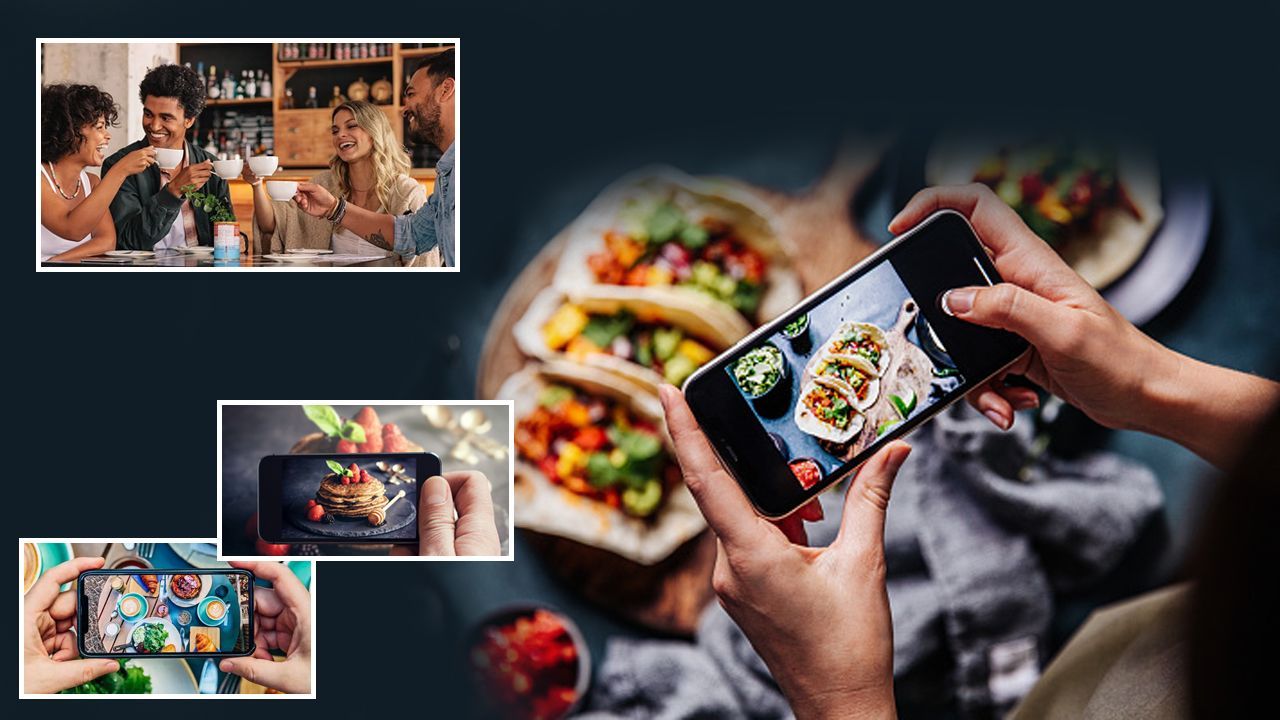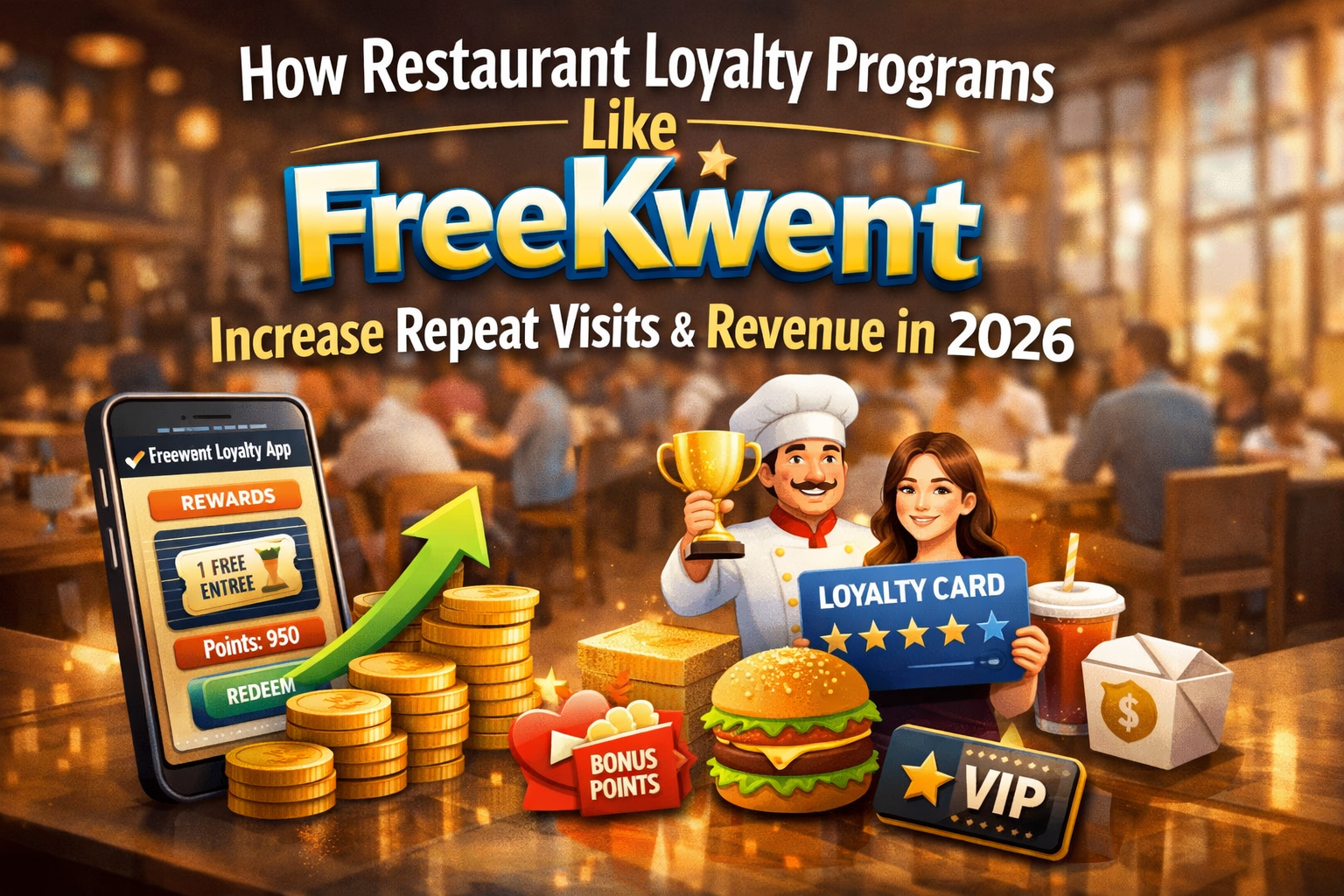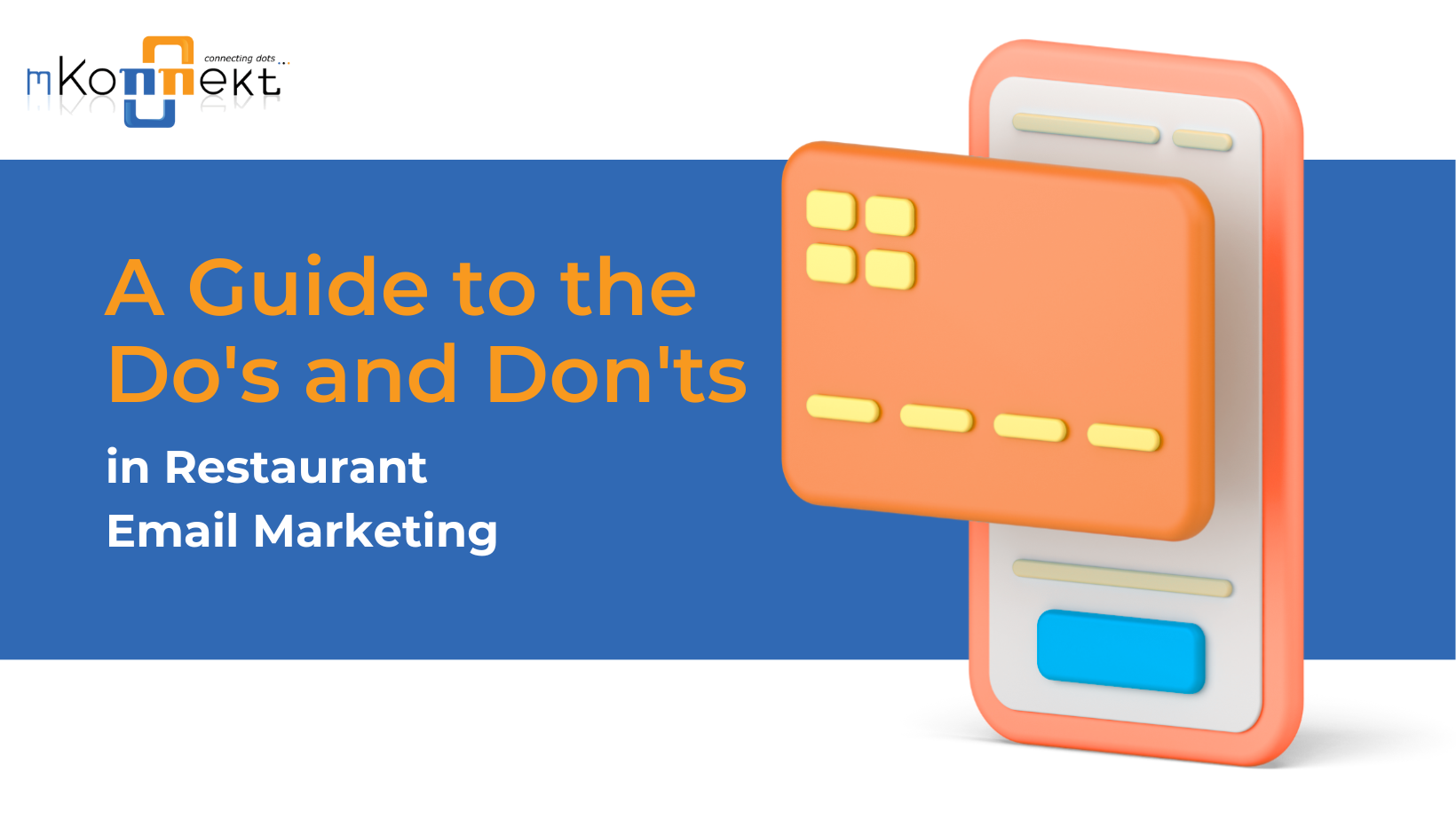How To Franchise Your Restaurant?

Do you operate a restaurant and wish to expand? Do you want to grow your restaurant business and have a distinct brand? Then franchising is definitely the way to go! Starting a franchise restaurant is a means to extend your business by allowing independent owners (franchisees) to sell or provide services under your brand name using your trademark, business strategy, and processes.
Franchises accounted for almost 54 percent of fast food and fast-casual restaurants in America, according to the most recent data from the United States Census Bureau. And predictions are, that these numbers are only going to increase in the coming years.
Franchising may appear to be complex due to the extensive planning and paperwork required, but it is not. We've simplified everything for you; simply read this article and you'll be good to go.
Step 1- Asses Your Situation- Are You Ready?
Before you become too excited about anything and go right into franchising, there are a few things you should consider. When you were running a restaurant, your role was really different, and now that you're going to be a franchisor, your role will be very different as well, so prepare yourself before growing your business. Always start with asking yourself a few questions-
Is Your Business Scalable?
This is where the concept of your restaurant comes into play. Is your restaurant concept different? What different are you doing than the other pizza places? Why would people choose your pizza place over the other mom and pop right across the street? And your business should be easy to execute. If you are planning to open ten similar restaurants, then the replication part should be easy to execute, if not, then work on making the execution easier.
Are Your Finances In Place?
Once you have decided about franchising your restaurant business, you need a robust financial plan with you. There are tons of expenses that you’ll have to bear, so plan strategically. Divide the early setup fees according to your restaurant's business plan.
Do You Know Your Competition?
Yes, optimism is a nice thing, but at the end of the day, it's all a numbers game. Always conduct market research to determine who you will be competing against, who is selling a similar product near you, how you are superior to them, and how you may outgrow them. This is one of the most crucial things to think about before franchising your company.
Step 2- Legal Requirements
Below are the legal documents you’d need to keep in place before being able to franchise your restaurant.
FDD- Franchise Disclosure Document
The Franchise Disclosure Document (FDD) is designed to inform potential franchisees about the franchisor, the franchise system, and the agreements they will be required to sign so that they may make an informed decision. The FDD is divided into 23 sections, each of which the prospective franchisee must read before signing.
According to the Federal Trade Commission, franchisors must present the franchisee with the FDD at least 14 days before it is due to be signed or any money is exchanged. After the franchisor has received the application and agreed to consider it, the franchisee has the right to a copy of the FDD.
Check out the detailed requirements for the FDD here- https://en.wikipedia.org/wiki/Franchise_disclosure_document
Franchise Operations Manual
A franchise system's DNA - the basis that regulates franchise unit performance, processes, and conduct – is a franchise operations handbook. It details the requirements, rules, and procedures that franchisees must follow in order to operate their franchised businesses and deliver on the franchisor's brand promise consistently.
The length and substance of franchise operating manuals varies. In general, a well-prepared franchise operations handbook will cover at least the following categories below:
1. The objectives of the franchise system;
2. The day-to-day procedures that the franchisee must follow
3. Payroll and
4. Customer service, which includes things like welcoming customers and dealing with complaints, as well as personnel issues like training.
While working on your franchise legal paperwork, prepare notes on important things like how your franchise will run. Geographical areas to target, franchisee qualifications, royalty percentages for franchisees, and marketing strategies are just a few of the details to iron out. To accommodate a franchise concept and make operations more practical for franchisees, you may need to change some of your current practises.er franchisees must purchase products or equipment from you, etc.
Trademark And Logo Registration
When you franchise your restaurant, you grant another person the right to use "Your" logo and trademark. As a result, registering your brand's logo and obtaining a trademark is the most important, yet frequently overlooked, step in franchising your restaurant. When considering Franchise Restaurants, registering a trademark becomes critical. To protect their intellectual property, franchisors should register everything to avoid being duped by a fraudulent Franchise party.
Step 3- Issue FDD And Register As A Franchisor
Once all your important decisions are made, it’s time to complete all the legal paperwork. Issue your FDD and register it inside the franchise registration states.
After receiving an FDD, you can begin offering and selling franchises in non-registration states (i.e., states that do not require a special filing or registration) while filing your FDD for registration in registration states.
Step 4- Make Hires And Work On Training
As you prepare to become a franchisor, you'll usually need to hire several people who will be solely responsible for assisting franchisees. Staff training is essential in order to maintain the same product standards as the original franchise restaurants. The franchisor should train the entire staff, from the Head Chef down to the busboys wait staff. The induction and training of new employees should begin well in advance of the opening of the Franchise Outlet.
Step 5- Support Your Franchises
It is here, at the point where you start supporting your franchisee network. To minimize any future misinterpretation, the support should be included in the agreement. Some Franchisors provide solely infrastructure development, operations, training, and software support, while others also provide raw materials. You should make your decisions according to your abilities and get down to work!
Wrap Up
Running a franchise can be a terrific way to get started in business, but you need to know why you're doing it, what you're getting into, who you're getting into it with, and, of course, how you plan to get out of it. The better you grasp the answers to these questions, the more likely you have the chance to excel.











